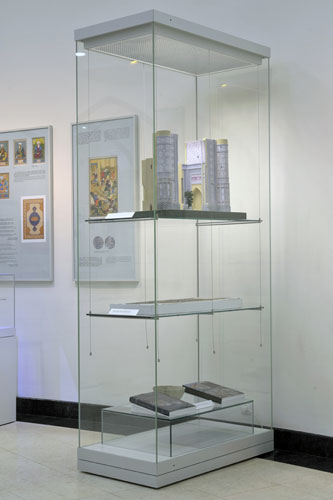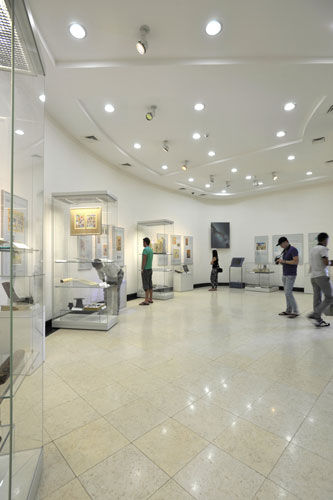| |
|
To perform measurements of star coordinates, Samarkand's astronomers had to use instruments other than the meridian arc. Unfortunately not a single instrument was preserved. It is known that the sky globe of Ulugh Beg is preserved in a private collection in the UK. Moreover, no description exists of the tools or observational methods implemented, we can therefore only speculate. We need more information from historical manuscripts of that time to get a more realistic understanding of what the observatory looked like and operated.
|
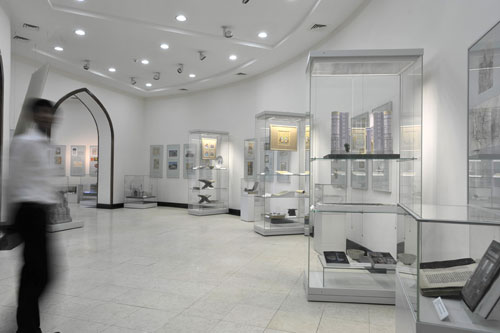 |
|
In 1690 Ulugh Beg’s star catalogue was included in the book Prodromus Astronomiae by the eminent Polish astronomer Jan Hevelius along with catalogues of Ptolemy, Tycho Brahe, Riccioli, Wilhelm IV and of Hevelius himself. The comparison of five catalogues compiled in different epochs had great scientific importance. |
|
Model of the Ulugh Beg’s observatory (reconstruction by M. Bulatov)
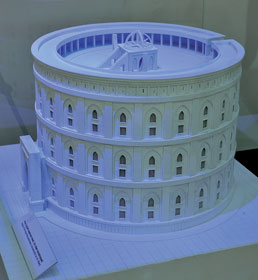 |
|
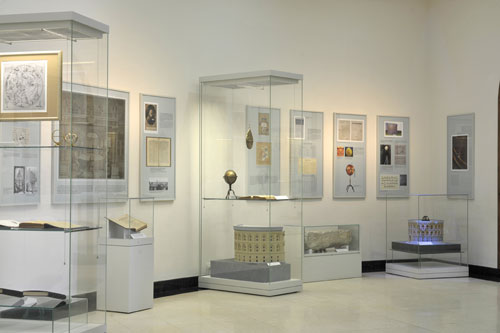 |
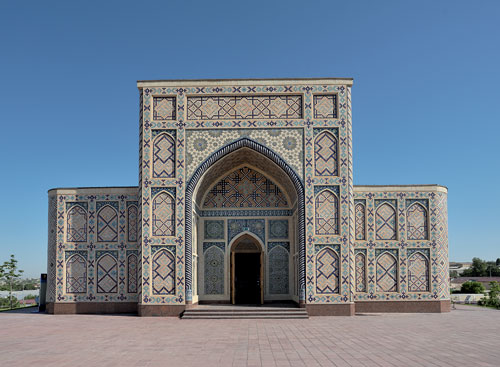 |
|
In 2010, the construction of a new building and exposition of the Ulugh Beg museum in Samarkand was initiated by the President of Uzbekistan, Islam Karimov. The portal of the new building is similar to that of a Medieval Madrasah, and when combined with the remaining part of the main instrument of Ulugh Beg’s observatory – double meridian arcs gives realistic impressions of the 15th century observatory. |
|




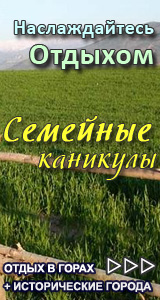
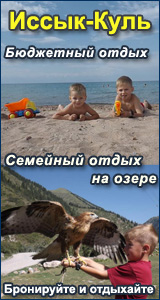

 Part 1
Part 1 Part 1
Part 1 Part 1
Part 1 Part 1
Part 1




